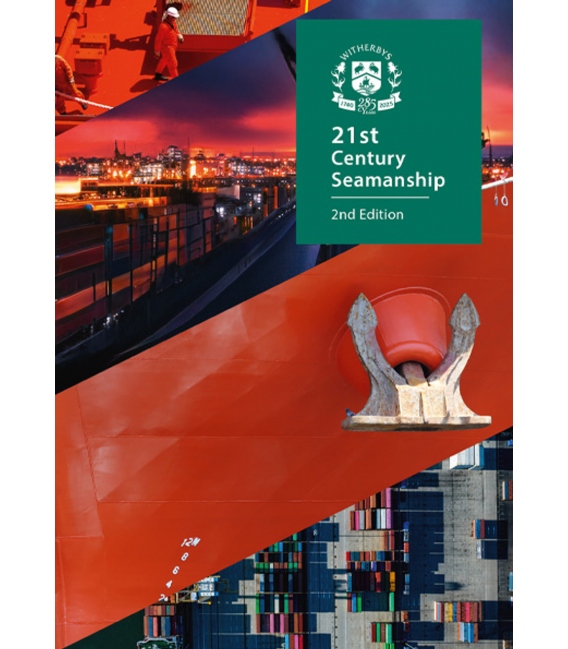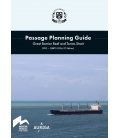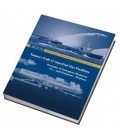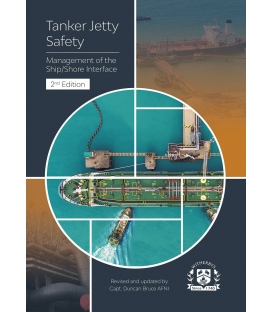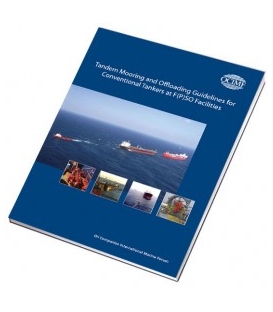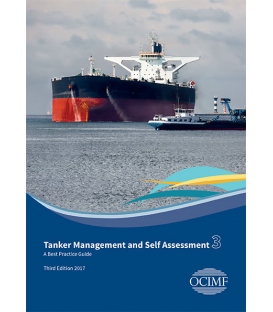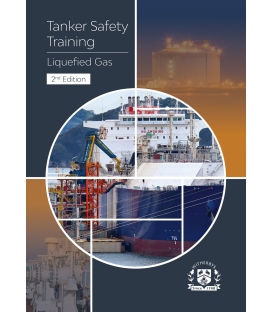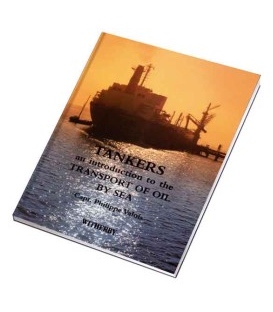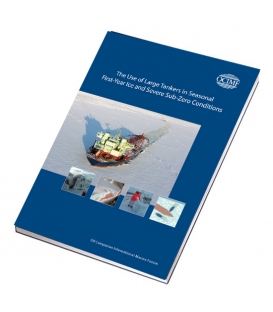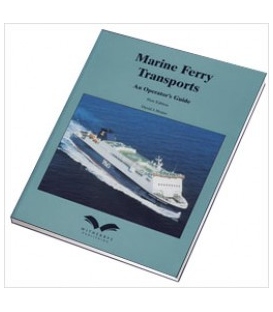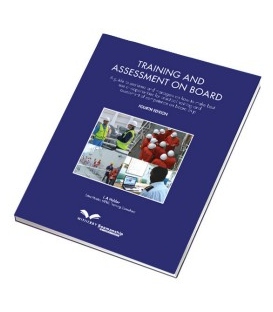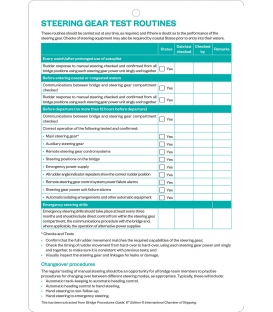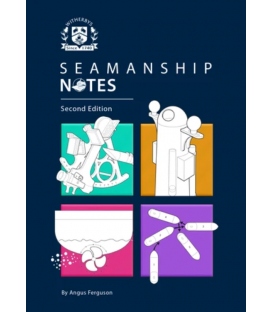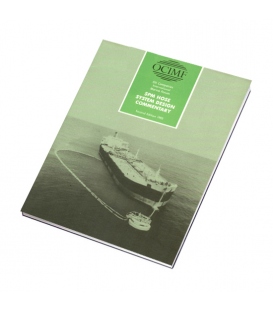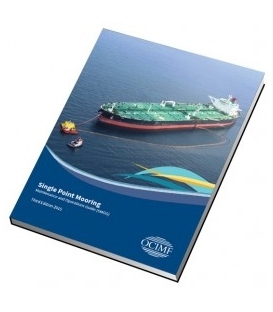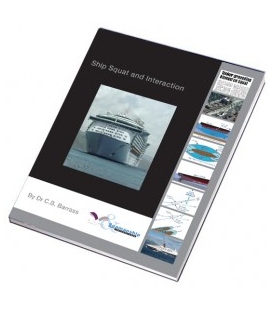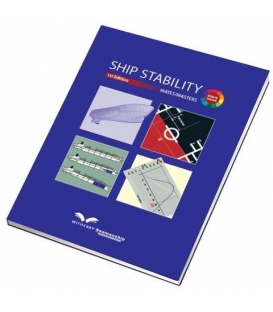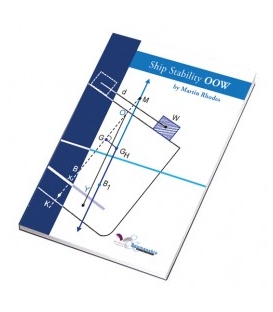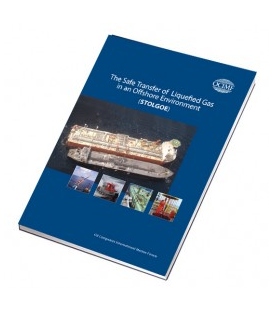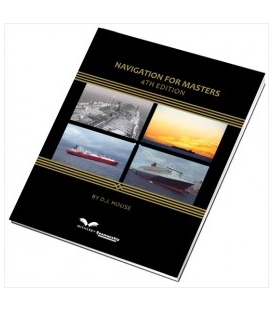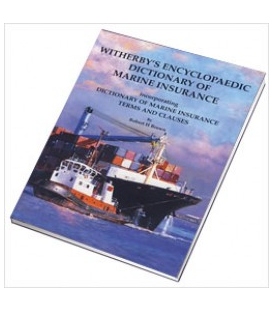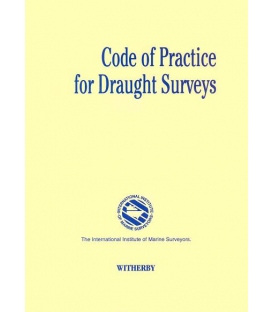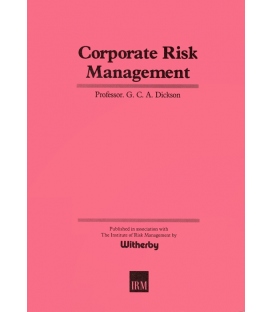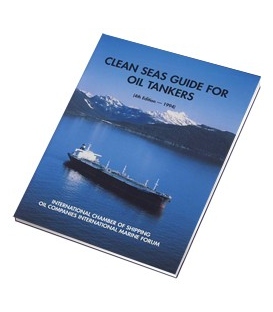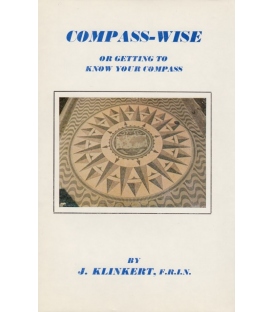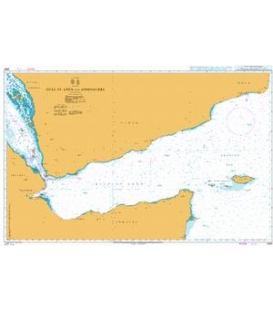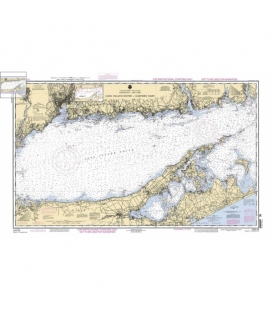- Home
- >
- Nautical Books
- >
- By Publisher
- >
- Witherby Seamanship International
- >
- 21st Century Seamanship, 2nd Edition, 2025
Categories
- CLEARANCE
- New Editions
- Nautical Charts
- Nautical Books
- E-Readers & E-Books
- Occupational Safety & Health Administration (OSHA)
- Destinations
- Code of Federal Regulations (CFR)
- USCG Exam Study Materials
- International Maritime Org. (IMO)
- Sealite Aids to Marine Navigation
- Flags
- Digital Charts
- Nautical Software
- Marine Supplies
- Navigation Equipment
- Intracoastal Waterway
- Ocean Cruising
- Great Circle Route
- Gift Shop
- CLEARANCE
- New Editions
- Nautical Charts
- Nautical Books
- E-Readers & E-Books
- Occupational Safety & Health Administration (OSHA)
- Destinations
- Code of Federal Regulations (CFR)
- USCG Exam Study Materials
- International Maritime Org. (IMO)
- Sealite Aids to Marine Navigation
- Flags
- Digital Charts
- Nautical Software
- Marine Supplies
- Navigation Equipment
- Intracoastal Waterway
- Ocean Cruising
- Great Circle Route
- Gift Shop


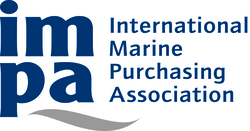
Sign up for our Newsletter
WI21CS
New product
ISBN: 978-1-91730-885-4
21st Century Seamanship, 2nd Edition, 2025
Short Overview
Detailed Overview
Ten years in the making, this second edition of '21st Century Seamanship' has been comprehensively revised and expanded by Witherbys' technical team to reflect the regulatory, environmental and technological changes that continue to shape the maritime industry. Traditional subjects such as wires, cranes and ropework remain at its core but new emphasis is placed on pollution prevention, energy efficiency and the regulatory frameworks of the last decade including the latest IMO Conventions and Codes.
Exceptionally broad in scope, this 1,300+ page manual covers ship types, handling, equipment, emergency response, onboard procedures, inspections and safety management. It is designed as both a study resource and a lifetime reference, offering seafarers at every level the awareness and understanding essential to safe, efficient and responsible ship operation. It continues the tradition of supporting mariners with practical knowledge adapted for today's realities and tomorrow's challenges
Introduction
The first edition of this book was published in 2015 (when I was at sea) after a decade of work by Iain Macneil and the team at Witherbys. I found myself using it extensively to help prepare my own knowledge before undertaking my Chief Mates orals. I remember thinking just how comprehensive the title was for anyone looking to understand the maritime world in a single book. I am therefore delighted to have been a part of its updating. It is also most fitting that the second edition should appear a decade on from the first edition, as Witherbys celebrates its 285th year of publishing for the wider maritime industry.
Gaining a thorough knowledge of seamanship is essential for anyone working at sea as it ensures the understanding and awareness necessary to operate ships safely and efficiently. However, studying the breadth of what could be said to constitute seamanship today is a daunting prospect for anyone working at sea, particularly for those training as cadets or as officers for higher rank. While seamanship involves practical abilities like navigation and ship handling, it also involves understanding the wider maritime world, from the vast array of regulations, through to different ship types and the application of safe methods of work. This book covers all these aspects and has been comprehensively updated by Witherbys' technical team to reflect seamanship as it continues to evolve with regulatory and technological change.
This second edition has expanded chapters on the key regulatory developments of the last decade, including Conventions and Codes from the IMO and others. While the traditional subjects of seamanship such as wires, cranes and ropework remain, much of the update has focused on regulatory improvements to protect the marine environment and to improve onboard safety. Greater detail has also been added to the sections on pollution prevention and energy efficiency.
To anyone who is new to working at sea, I strongly recommend reading the chapters on safety and safe systems of work and, most importantly, Chapter 34 on Enclosed Space Entry.
To all readers, I hope you enjoy reading this title as much as I enjoyed updating it, and that it supports you in your continued professional development.
Harry Harris, FRGS, AFRIN
Director of Technical Publishing
Witherby Publishing Group
Contents Listing
Chapter 1 Bulk Carriers
Chapter 2 Container Ships
Chapter 3 General Cargo Ships
Chapter 4 RoRos and Car Carriers
Chapter 5 Tankers and Gas Carriers
Chapter 6 Other Ship Types
Chapter 7 Offshore
Chapter 8 Machinery and Equipment
Chapter 9 Pilotage
Chapter 10 Ship Handling
Chapter 11 Anchorwork
Chapter 12 Tugs and Towing
Chapter 13 Mooring Operation and Safety
Chapter 14 Waterways, River Transits and Canals
Chapter 15 Operating in Ice
Chapter 16 Non-standard Operations
Chapter 17 Dry Dock and New Builds
Chapter 18 Paints and Coatings
Chapter 19 Lay-up of Ships
Chapter 20 Heavy Weather and Marine Phenomena
Chapter 21 Participating in Search and Rescue (SAR)
Chapter 22 Oil Spills/Marine Pollution
Chapter 23 Practical Aspects of Salvage
Chapter 24 Conventions
Chapter 25 Codes
Chapter 26 Certification and Endorsements
Chapter 27 Business and Chartering
Chapter 28 Conflict and Issues Affecting Shipping
Chapter 29 In Port and Alongside
Chapter 30 Shipboard Inspections
Chapter 31 Surveys and Classification
Chapter 32 Systems of Work
Chapter 33 Working at Height
Chapter 34 Enclosed Space Entry
Chapter 35 Health
Chapter 36 Safety and Housekeeping
Chapter 37 Ships' Equipment and Maintenance
Chapter 38 Life-saving Appliances (LSAs)
Chapter 39 Firefighting
Chapter 40 Shipboard Drills
Chapter 41 Accident Investigation
Chapter 42 Stability
Chapter 43 Damage Stability
Chapter 44 Tank Structure, Rafting and Access
Chapter 45 Air Pollution and Energy Efficiency
Chapter 46 Ship Recycling
Chapter 47 Traditional Seamanship
Chapter 48 Wires, Ropes and Ropework
Chapter 49 Cranes and Lifting Equipment
Chapter 50 Checklists
About the Author
Witherbys titles are developed using scripts developed by technical experts that are peer reviewed within work groups. Typically, they seek to improve understanding of the regulations, recommendations and guidelines issued by Industry.
Witherbys staff have significant expertise in the fields of navigation and hazardous cargoes as well as in the presentation of complex subjects in a graphic and easy to understand manner.
Reviews
30 other products in the same category:
Customers who bought this product also bought:
- About Us
- Our Services
- Ordering & Shipping
- Resource Links
- Blog
- CLEARANCE
- New Editions
- Nautical Charts
- Nautical Books
- E-Readers & E-Books
- Occupational Safety & Health Administration (OSHA)
- Destinations
- Code of Federal Regulations (CFR)
- USCG Exam Study Materials
- International Maritime Org. (IMO)
- Sealite Aids to Marine Navigation
- Flags
- Digital Charts
- Nautical Software
- Marine Supplies
- Navigation Equipment
- Intracoastal Waterway
- Ocean Cruising
- Great Circle Route
- Gift Shop
Maryland Nautical uses cookies to enhance your e-commerce experience. To view more information about our cookie use, click here to view our Privacy Policy.

